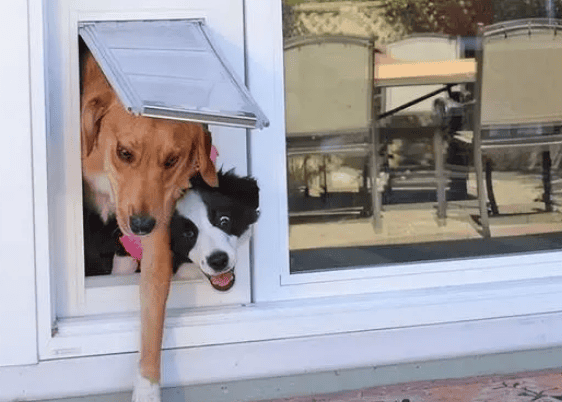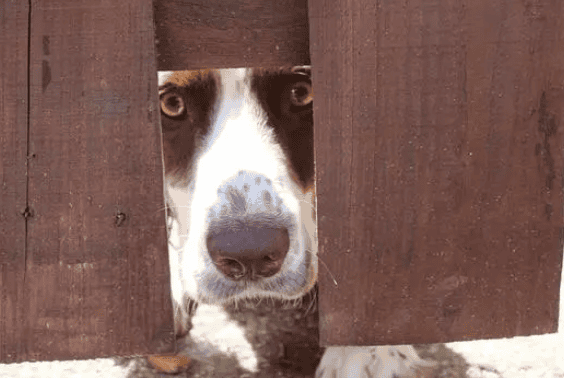In daily life, many owners will face this problem: whenever they open the door of their home, their dog will always "run out" impatiently, not listening to the owner's call, or even rushing directly to the road. This makes owners very anxious and worried that something might happen to their dogs. However, there are also some owners whose dogs are obedient and "don't run out" when they open the door to their homes, and stay at home obediently without causing trouble to their owners. So, what exactly causes this difference? Let’s find out below.

The difference between a dog "running out" and "not running out" also lies in the degree of trust and dependence the dog has on its owner. Normally, the higher the trust and dependence of a dog on its owner, the more likely it is that the dog will obey the owner's instructions, be willing to stay with the owner, and will not easily engage in dangerous and impulsive behaviors. On the contrary, if a dog lacks trust and dependence on its owner, it will be more likely to rush out of the house and take risks on its own. Therefore, owners should spend more time with their dogs, interact more, enhance mutual feelings, and make the dogs more trusting and dependent on their owners, so as to effectively prevent the dogs from "running out".

Some auxiliary tools, such as leashes, educational collars, etc., can be used appropriately to help educate and train dogs. These auxiliary tools can effectively limit the dog's range of activities, making it easier for the dog to obey the owner's instructions. However, while using these auxiliary tools, owners should also pay attention to respecting the dog's personality and emotions, and not overuse or use them improperly to avoid bringing negative experiences and emotions to the dog.


 扫一扫微信交流
扫一扫微信交流
发布评论